You probably have undergone an eye exam. Perhaps, the doctor told you to have 20/20 vision. As a patient, you may wonder whether or not it’s a perfect eyesight.
Is achieving better than a 20/20 vision possible? Or what is the healthy vision? In this article, you will know everything about them. But before that, let’s understand some difficult terminologies. Are you ready? Read on for added information!
Visual Acuity vs. Eyesight vs. Vision
Visual Acuity
Visual acuity is considered the sharpness of your vision. Practitioners measure how a patient identifies numbers or letters on a standardized chart from a viewing distance.
Called as a static measurement, visual acuity is an exam in which a person sits still throughout the testing period. The numbers and letters are also stationary. Then, physicians test visual acuity under high contrast conditions, which means the numbers or letters on the chart are black. Plus, the background is white.
Yes, visual acuity testing can determine the clarity of an individual’s eyesight in a standardized condition. However, it cannot measure the quality of a patient’s vision in different situations.
It cannot predict how well you would see colored and moving objects. The items that come with similar brightness to the background is no exception.
The good news is that there are neurological and physical factors that can identify or show your visual acuity. Take a close look at the following:
- The capacity of the brain to interpret data received from the eyes
- The sensitivity of the nerves in both the vision centers and retina in the brain
- How the lens of the eye and cornea focus light onto the retina
It’s also good to note that the light focused on the macula (sensitivity and small portion of the central retina) relatively affects the visual acuity measurements obtained during a series of tests.
Eyesight
Now that you know visual acuity, what’s eyesight? As the name suggests, it means the ability to see, range of sight, vision, or view. Both eyesight and visual acuity are often used interchangeably.
Vision
Unlike visual acuity or eyesight, vision is a broader term. Apart from the ability to see and the sharpness of sight, the term includes a range of visual skills. These include color vision, contrast sensitivity, depth perception, focusing speed, accuracy, accurate eye movements, and the capacity to track any moving objects.
A Brief Overview on 20/20 Vision
Just like the other similar fractions such as 20/40 and 20/60, the term 20/20 is a visual acuity measurement. They are called Snellen fractions to honor the contribution of Herman Snellen in the industry during his lifetime.
Based on the system, the top number is considered the patient’s viewing distance and the chart. While other countries have a distance of at least 6 meters, the United States has 20 feet.
In the said testing distance, the letters’ size on the smaller lines indicates the 20/20 visual acuity.
How about the Snellen chart’s larger letters? They correspond to 20/4, 20/60, and other worse visual acuity measurements.
The lines below the 20/20 line, on the other hand, indicate a better visual acuity measurement than the 20/20 vision.
The eye chart developed by Snellen has a big E on top. That means 20/200 visual acuity. For patients who can only see the letter size with corrective lenses, they are legally blind.
If you have 20/10 visual acuity, your eyesight is sharper than an individual with 20/20 vision.
Can You See Better than This Visual Acuity?
Definitely, yes! In fact, people with healthy eyes can identify a few letters on the Snellen chart’s 20/15 line. Thanks to the better printing methods in this 21st century. That means the normal visual acuity is the ability to see smaller letters than the ones on the 20/20 line.
On the contrary, today’s people can live longer than those individuals during the Snellen’s era. Normal eye aging, however, changes. In fact, younger people have a high risk of acquiring early cataracts. This could justify that larger letters or numbers than those on the 20/20 line could be considered the normal vision among adults in their early 60’s.
Let’s say you have 20/20 vision according to a practitioner and you want sharper eyesight. What are you going to do then? Read on for more!
It’s not rare a person with 20/20 vision doesn’t have sharp eyesight. Possibly, a patient has a higher-order aberration that soft contact lenses and regular eyeglasses cannot correct. The good news is that physicians now use a wavefront technology to check these aberrations.
When small irregularities are appearing in the shape of the eyes’ front surface cause HOAs, the GP lenses are a superb alternative. Unlike soft contact lenses and eyeglasses, they have been proven to improve visual acuity within a short period of time.
Another popular and effective solution is the custom wavefront LASIK. A laser vision correction procedure, LASIK can provide vision just like rigid gas permeable contacts. That’s not all! You can avoid the hassle of regular lens care or maintenance.
There are also glasses with high-definition lenses you can consider. They can correct your refractive errors and ensure sharper vision than regular solutions on the market.
Why Should You See a Doctor Today?
Everyone wants to maximize the comfort and clarity of his eyesight in different situations. The secret here is to consult a licensed ophthalmologist or optometrist to undergo the right exam and accurate vision evaluation. Although it requires an extra budget, the results are worth the investment.
It’s also important to see an experienced LASIK surgeon to find whether or not a laser vision correction could sharpen your eyesight. Or visit a sports vision specialist to maximize your dynamic skills for intense activities.
What will you do when your child struggles with a vision problem? It’s essential to seek the advice of the right eye care provider. The one that has expertise in children’s
